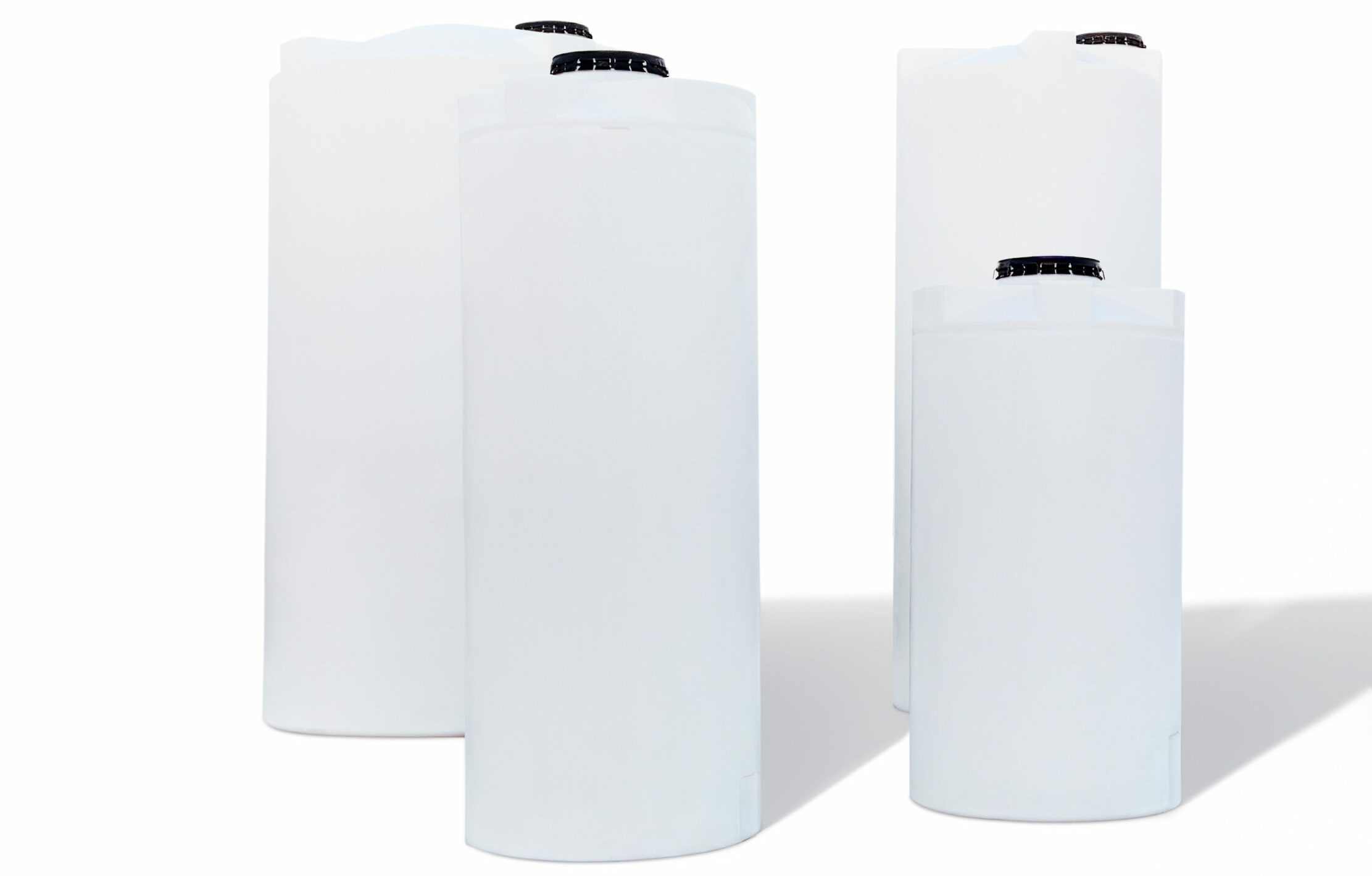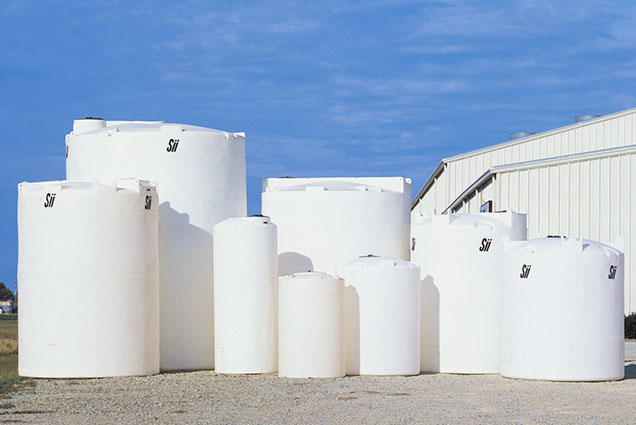How do you properly install a vertical storage tank?
A vertical storage tank is the perfect solution for efficient and reliable storage across various industries. Professionals in sectors such as water treatment and chemical production widely use these tanks for their durability and versatility. However, proper installation is crucial if not executed correctly, it can result in leaks, contamination, or even safety hazards. To ensure a successful installation, here are some key factors to consider.

How to Prepare the Site and Foundations?
The location where the vertical storage tank will be installed is crucial. Choosing the right spot ensures optimal tank use, proper functioning, and compliance with safety standards.
How to Choose the Site?
Several important factors must be considered when selecting the installation site. Depending on the tank’s use, it is advisable to include a containment system to mitigate potential risks of content spillage. This system is essential as it helps prevent accidental spills and minimize environmental impact. Manufacturers often provide secondary containment basins designed to accommodate tanks while ensuring compliance with strict regulations for handling hazardous products and waste. Planning for a secondary containment system during the design phase ensures safety, compliance, and environmental protection.
The location should also consider the surrounding topography while easily accessible for tank installation and future maintenance operations. Environmental factors such as exposure to seismic forces, wind, and heat emitted by nearby equipment should also be considered. Additionally, ensure enough space to replace or relocate the tank if necessary.
Foundation Preparation
Constructing a concrete slab is essential to support the vertical storage tank and ensure its stability and durability. The foundation must provide a flat, smooth surface, free of irregularities that could deform the tank’s bottom and compromise its integrity. Its design should account for the tank’s filled weight, soil constraints, and potential additional loads. The slab also serves as a base for securing a retention system, which is crucial in preventing any movement of the tank.
Each installation site has unique characteristics, such as soil type and environmental constraints. The engineer designing the concrete slab must consider these factors in addition to the tank’s specifications, including its dimensions, maximum load, and external forces such as seismic activity or industrial vibrations. This customization ensures the foundation’s durability and compliance.
By addressing these factors, the foundation can meet the operational requirements of the vertical storage tank, ensuring a safe, long-lasting, and efficient installation. Adding a sand mound beneath the tank bottom is highly recommended for large-capacity tanks—over 10,000 gallons (37,854 liters). This mound, made of construction or finer sand, acts as a cushion and distributes the pressure exerted by the tank more evenly on the ground.
How to Install a Vertical Storage Tank?
Installing a vertical storage tank involves several steps that require careful attention. Three key aspects must be executed meticulously:
Tank Arrival at the Installation Site and Unloading
During unloading, it is crucial to avoid dropping the tank on the ground, as this could cause damage and void the warranty. Specific actions must be taken depending on the tank’s capacity.
Suppose it is a small vertical tank of fewer than 7,500 gallons (approximately 28,000 liters). In that case, unloading can be done manually using a handling cart or a forklift with protected or rounded fork extensions to prevent damage. These pieces of equipment must be loaded and unloaded from the truck horizontally while minimizing sliding.
Large vertical tanks exceeding 7,500 gallons must be moved, loaded, and unloaded horizontally using a forklift or appropriate lifting equipment.


Raising the Tank to a Vertical Position
The lifting lugs on the tanks are designed to transition the tank from a horizontal to a vertical position from a firm surface. They must not be used for loading or unloading. Once the tank is placed on a firm and level surface, the lifting lugs allow it to be raised vertically onto its designated support.
Final Positioning of the Vertical Storage Tank
The final positioning and leveling of the tank on its base support are also critical steps. The tank must be perfectly level to prevent structural stress and ensure an even distribution of its weight. Use a spirit level to check the flatness of the concrete slab before and after positioning the tank. Shims can also be installed when necessary to adjust the tank’s position and ensure proper installation.

Pre-Use Checks
Commissioning a vertical storage tank requires a successful leak test. Once all fittings and connections are installed, fill your tank with water and let it sit for at least 24 hours to check for potential leaks. With ACO Containers, this preliminary test must be recorded and submitted to technicians to validate the tank’s warranty. During the inspection of the filled tank, it is recommended to carefully examine all fittings, bolts, and seals for any signs of leakage.
Conclusion
Proper installation is the first step toward the optimal operation of your vertical storage tank. Regular maintenance is essential to preserve its leak tightness, durability, and compliance. Do not hesitate to contact ACO Containers professionals for personalized support when using a vertical storage tank.






